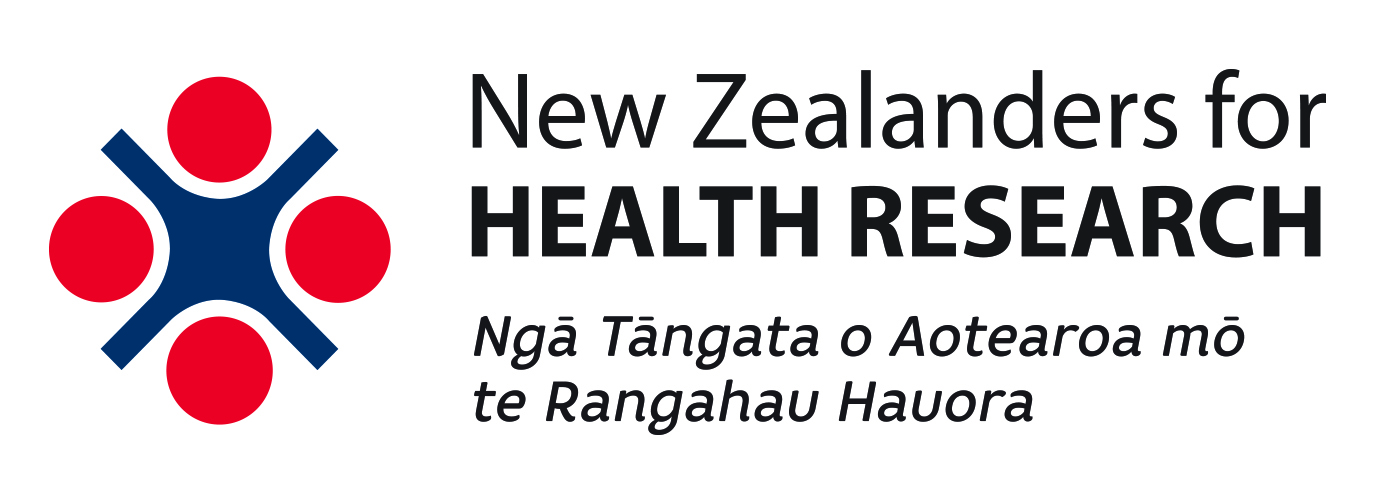News
NIH discovery in mice could lead to new class of medications to fight mid-life obesity
A team of scientists led by researchers from the National Institutes of Health has identified an enzyme that could help in the continuous battle against mid-life obesity and fitness loss. The discovery in mice could upend current notions about why people gain weight as they age, and could one day lead to more effective weight-loss…
Read MoreDames come together for mother and baby health research
What may be the biggest gathering yet of Kiwi Dames is taking place this Saturday night – just in time for Mother’s Day. More than 20 Dames are coming together for a unique event to celebrate the achievements of the Liggins Institute, which aims to give all babies a healthy start and set them up…
Read MoreSmall increase in children’s physical activity could reduce obesity, avoid billions in medical costs
Increasing the percentage of elementary school children in the United States who participate in 25 minutes of physical activity three times a week from 32 percent to 50 percent would avoid $21.9 billion in medical costs and lost wages over the course of their lifetimes, new Johns Hopkins Bloomberg School of Public Health research suggests.…
Read MoreScientists surprised to discover lymphatic ‘scavenger’ brain cells
The brain has its own inbuilt processes for mopping up damaging cellular waste – and these processes may provide protection from stroke and dementia. University of Queensland scientists discovered a new type of lymphatic brain “scavenger” cell by studying tropical freshwater zebrafish – which share many of the same cell types and organs as humans.…
Read MoreNIH research improves health for people with asthma
May is Asthma Awareness Month, and the National Institutes of Health is finding solutions to improve the health of the nearly 25 million people in the United States who currently have asthma. In recent decades, the prevalence of asthma has been increasing, resulting in millions of urgent medical visits and missed days of work and…
Read MoreSix characteristics of the scientist-entrepreneur
The message has been clear — we need to get medical research out of the lab and into the real world. It is vital for the health of the nation, both in the literal sense and to generate new economic drivers for our future prosperity. In a previous article exploring barriers to research commercialisation, I…
Read MoreNew Zealand cancer drugs being put to the test
Two groundbreaking drugs developed in Auckland are being used to help scientists treat different types of cancer. New Zealand scientists will be closely following and analysing the findings of a trial in the United States with a drug developed at the Auckland Cancer Society Research Centre, one of the world’s leading anti-cancer laboratories. Read…
Read MorePacific youth more at risk of suicide than any other group
Pacific youth are three times more likely to attempt suicide than European youth, new research shows. The University of Auckland study, published on Friday in the New Zealand Medical Journal, also found young people between the ages of 12 and 18 years had the highest rates of suicide across Pacific ethnic groups. Read more
Read MoreChallenges of integrating evidence into health policy and planning: linking multiple disciplinary approaches
Objectives: To explore the challenges that arise through the multidisciplinary nature of evidence informed policy making (EIPM). Type of program or service: Education and practice for EIPM. Methods: This article summarises and compares four disciplinary approaches to EIPM with highly contrasting starting points: behavioural science, policy science, critical theory and intervention research. Key insights and…
Read MoreHuman forebrain circuits under construction – in a dish
Autism-related errant migration of neurons corrected in patient-derived 3D “spheroids” National Institutes of Health (NIH)-funded neuroscientists have created a 3D window into the human brain’s budding executive hub assembling itself during a critical period in prenatal development. What’s more, they used it to discover and experimentally correct — in a petri dish — defective cell…
Read More
